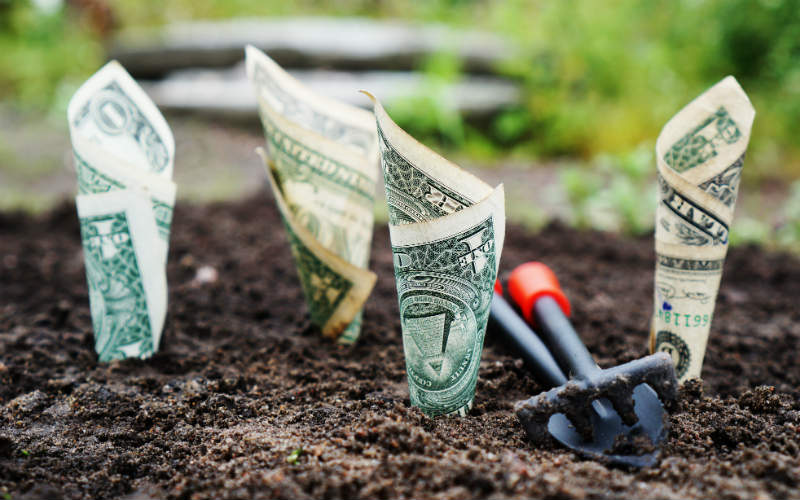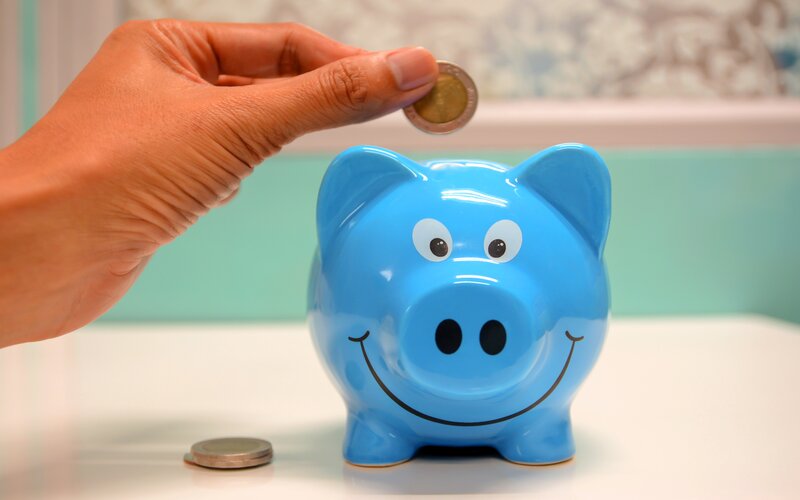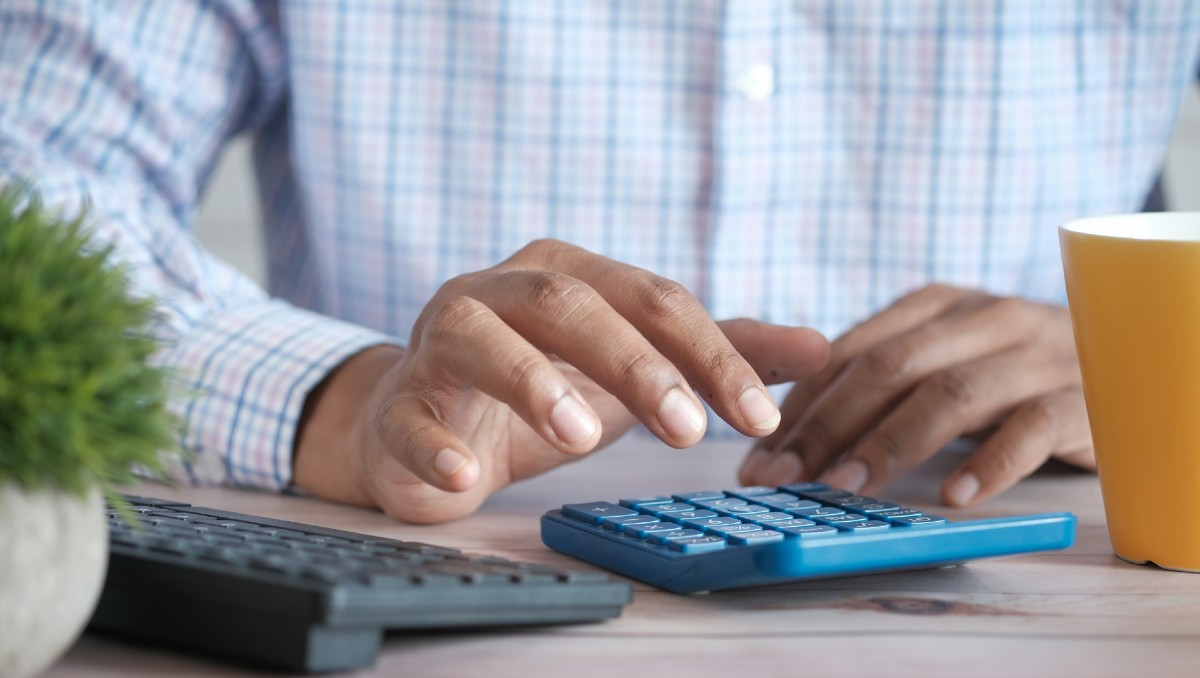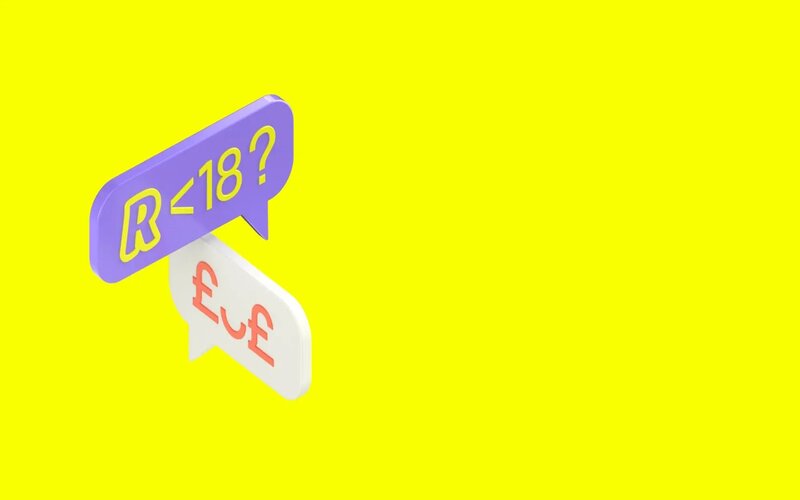Fast online payments via bank apps, websites or BPAY makes life a lot easier most of the time. It has also become a lot easier to inadvertently send money to the wrong person.
To transfer money to someone online you generally need a couple of the following things:
-
Their BSB number (usually six digits)
-
Their account number (usually up to 10 digits)
-
Their mobile number or email address (if they have payID)
One digit out of place in any of the above can lead to you paying someone else (who could be a complete stranger) your hard-earned dollars. While many banks have introduced additional safeguards to try and prevent this from happening (the CommBank app for example alerts you if the account name does not match the BSB), it isn’t foolproof.
So what do you do if you realise you’ve just sent money to the wrong account?

What happens if you transfer money to the wrong account?
In online banking apps that save the details when you transfer someone, it can be easy to carelessly select the wrong contact to send money to. This is normally the best case scenario since you’ll hopefully just be able to get in touch with the unintended recipient and get them to send the money back.
However if they're not a decent person, or if you have entered the numbers wrong and don’t know the person/entity you’ve just sent money to, it becomes more complicated. You'll have to actually contact the bank, and the sooner you can, the better. There are three different scenarios listed by the Financial Ombudsman Service Australia (FOS) that can influence how easily you'll get your money back:
-
If it’s been less than 10 business days (easier)
-
If it’s been between 10 business days and 7 months (harder)
-
If it’s been over 7 months (hardest)
If your bank or credit union refuses to help, you can lodge a dispute with the Financial Ombudsman Service.
It’s been less than 10 business days
The Financial Ombudsman states if you contact your bank and make a claim within the first 10 business days of the transfer, you'll have the money returned to you in full. The bank will need to confirm with both yourself and the recipient's institution that the transfer was genuinely a mistake first, so the sooner you contact them the better.
It’s been between 10 business days and 7 months
Things get a little trickier and a fair bit slower if you wait more than 10 business days to report the transaction, but you should still be able to get the money back in most cases.
If you make a claim on lost money between 10 days and seven months after, the Ombudsman states the recipient's bank is obligated to freeze the disputed money and to notify the recipient of this. The recipient then has another 10 days to prove whether the funds are actually theirs or not, which can get a bit messy (people generally want to hold on to free money).
If they don't prove the money is rightfully theirs (which they shouldn't be able to if the money was genuinely sent by accident), then the money will be returned to you.
It’s been over 7 months
If you've somehow only noticed the money is missing seven months after the initial transaction (and if it’s taken this long, how much did you really miss it?), things get even harder. According to both the Ombudsman and ASIC's ePayments code, neither the bank nor the recipient is under any obligation to return the money to you unless they agree to.
The funds will only be returned if the other person agrees to it, but again, if you’re relying on this you might end up disappointed.
What happens if you mistakenly BPAY the wrong person?
The above rules do not apply to BPAY payments, since they are not covered by the ePayments code. BPAY has a different process when resolving erroneous payments, but still recommend contacting your bank straight away. There may be steps you are able to take to recover the money - some institutions will try to reverse the transfer if you contact them immediately.
Can you get your money back if sent to the wrong account?
When contacting your bank, have the date of your transaction, the amount transferred, and the account details of the recipient handy so they can respond as quickly as possible. You can contact them by dropping into the nearest branch (if one exists) or by calling or emailing their customer service team, which they should have.
That ePayments code (referenced earlier) protects Australians from mistaken transfers. According to the code, the bank must endeavour to return your money to you as long as you notify them within 10 days, but they also have a right to determine if you're ineligible to receive the money in certain situations. As we mentioned, payments made with BPAY are not covered under the code.
According to ASIC, you may not be eligible to receive the money if you:
-
acted fraudulently
-
didn't take the necessary steps to keep your PIN or password secret
-
left your card in an ATM
-
unreasonably delayed telling your provider for any reason
This doesn't guarantee you won't get your money back but it might just harm your chances, and they won't return money that was sent for illegal purposes. But if you feel you've followed all the rules and you feel your bank still isn't helping you to fix the mistaken payment, you can lodge a dispute with the Financial Ombudsman Service Australia.
Unauthorised transactions
If money has left your account without your consent, this is an unauthorised transaction. Again, you should contact your financial institution immediately to dispute any unauthorised transactions. The bank will investigate, and may be able to get your money back.
Unauthorised credit card transactions are a different beast than transfers made from your bank account since the money isn't actually yours. It's the bank's money at first before you have to pay it off.
According to the Australian Payments Network, fraud on payment cards increased 1.9% to a total of $499.5 million in the 12 months to 30 June 2022. In the 2022 financial year, the majority of unauthorised card transactions were card-not-present ($454.6 million) which occurs without the use of the physical card, mainly online or over the phone.
In most cases, you'll be given a full refund by your credit card provider if you report the fraudulent transaction as soon as possible, and you should also freeze or cancel the card in the meantime to avoid being stung by further transactions. Debit cards are limited to what's in your bank account, but someone with access to your credit card can spend up until your credit limit.
Someone deposited money in my account - can they take it back?
If you’ve received money by mistake, you aren’t allowed to just spend it. As we’ve discussed, if the other person contacts their financial institution promptly, their bank will be getting in touch with your bank. When you are contacted about the missing funds, you can’t turn around and claim ‘finders keepers’. If you are contacted within seven months of the transfer, you will need to prove that the transfer was not a mistake in order to keep the money - which is pretty difficult if it truly was a mistake. After seven months, you might have more of a chance of holding onto the money, but that’s not cool.
If you get an unexpected transfer that you think was an error, it’s easier for everyone if you just contact your bank.
Getting money back after being scammed
If you voluntarily sent money only to retrospectively realise you were being scammed, you need to contact your financial institution right away. The transaction might be blocked before the funds leave your account if you are quick enough.
If it’s too late, there are still some things you can do. Hopefully it goes without saying, but the most important thing is to not send the suspected scammer any more money, even if you’ve fallen in love. Scamwatch, powered by the ACCC, says there are several things you should do if you think you have fallen victim to a scam
-
Contact your bank straight away. If you’re lucky, you might be able to stop the transaction. After the transaction has gone through, you might not be able to recover the money, although it depends on the circumstances.
-
File a report. ReportCyber is ASD’s cybercrime unit. Filing a report helps in the fight against scammers - if the individual or organisation that got you is brought to justice, you might be able to get your money back.
-
Get help to recover. IDCare offers support services for scam victims.
-
Watch out for follow up scams. Scammers are nasty. If you fall victim to one, it becomes more likely you’ll be targeted in future, which is horrible when you think about more vulnerable Australians who might be particularly susceptible.
-
Get support. If the scam puts you in a fragile financial position, you can talk to a financial counsellor for free. This can help get your situation back on track. Services like Lifeline or Beyond Blue can also be helpful - getting scammed sucks and can take a toll on your mental health.
Getting by after transferring money to the wrong account
Let's say you've accidentally sent money to the wrong account, or you've accidentally entered an extra '0' in there and have sent $10,000 instead of $1,000. That could be all your money gone. Even if you can get it back, you'll still probably have to wait a couple of days before it lands back into your bank account.
Here are some short-term solutions you can employ to get by until your savings are returned to you.
Avoid overdraft fees by contacting your bank
When your bank account goes into the negatives you can be charged an overdraft fee, although there's now plenty of bank accounts that charge no overdraft fees at all.
Overdraft fees can be in excess of $10, which might not seem like much but it would definitely feel like you're being kicked while down. When contacting your bank about the misplaced money, inform them of your situation and they'll probably waive any overdraft fees your account charges.
Consider credit options
Buy now, pay later platforms (BNPL), credit cards, and even small personal loans can be used to get you by temporarily until you get your cash back, but there are caveats to using these products:
-
BNPL can have small credit limits and charge late fees
-
Credit cards can be massive debt traps and can charge high interest rates if you don't pay them off in full each statement period
-
Personal loans can also have high interest rates and it can be hard to separate the trustworthy lenders from the predatory ones
Taking on extra debt if you’re struggling isn’t ideal, and should be a last resort.
Have some emergency savings built up
An unexpected cash shortfall is exactly why it’s so useful to have emergency savings. If you’ve already sent the money erroneously and don’t have savings, this Monday morning quarterbacking isn’t helpful and is probably pretty annoying. For next time though, having at least three months' pay worth of emergency cash can be really helpful for exactly these situations.
A new report has found that one in five of us don't have any savings and are leaving ourselves with little or no money to fall back on in case of an emergency. Does this surprise you? #9Today pic.twitter.com/okBllUZaHR
— The Today Show (@TheTodayShow) April 22, 2018
NAB data released in 2022 revealed more than one in 10 Australians don’t have $2,000 saved for an emergency.
Read our tips on setting up and maintaining an emergency savings buffer so you’re prepared in the event you accidentally transfer most of your money away.
Savings.com.au’s two cents
Accidentally sending money to the wrong bank account isn’t the end of the world, as long as you keep calm and promptly contact your bank to get it sorted. There are codes and processes in place to protect you in situations like this.
To avoid this situation, make sure you very carefully enter the receiving account’s details and double-check (maybe even triple-check) them before hitting send, whether it’s the account number, the BSB, or the PayID (the account name generally doesn’t matter).
This article was originally posted by William Jolly in 2019, and updated by Harry O'Sullivan in June 2024.



 Jacob Cocciolone
Jacob Cocciolone
 Emma Duffy
Emma Duffy












